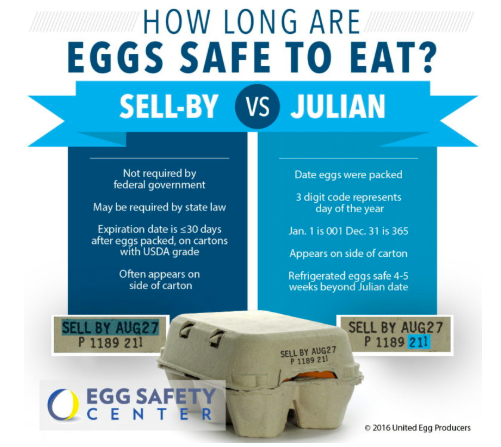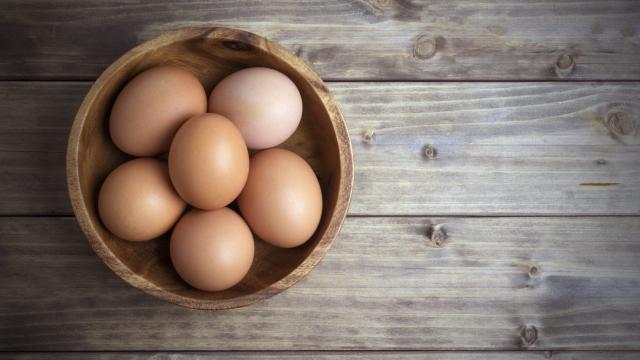Eggs are one of those versatile foods that are great to keep in the fridge for last-minute meals, but part of being a refrigerator staple is that sometimes we can forget about that carton we bought a few weeks ago. No one like a rotten egg, so how can you tell if it’s still OK to eat? Here’s a simple trick that will let you know if you can go ahead with that omelet, or whether you should scrounge for something else in your kitchen.
Check the various dates on the carton
First things first: check the expiration date on the egg carton. That will at least give you a general idea of when you bought the eggs (if you can’t remember) and when they’re projected to go bad. And like many foods, the expiration may tell you more about when the eggs will taste the best, versus when they might make you sick. For example, the FDA says that eggs should be stored in their original carton and used within 3 weeks “for best quality.” Note that it doesn’t mention anything about food safety — just quality.
In his book How to Cook Everything, Mark Bittman says that eggs can be good for up to four to five weeks beyond their pack date. And no, the pack date isn’t the same as the expiration date, which usually says something like “sell by” or “best by.” According to Food52, the pack date is a three-digit number — ranging between 001 (January 1) and 365 (December 31) — that corresponds with a day of the year. It’s sometimes referred to as the “Julian date.” Here’s a cheat sheet, in case it’s helpful.
Better yet, here’s a handy infographic from the Egg Safety Centre explaining the differences between the two types of dates and where to find them on the carton:

Plop the eggs in a bowl of water
The dates on the cartons are helpful, but just because they’ve come and gone doesn’t mean you need to throw the eggs away. If you’re not sure whether or not it’s safe to use an egg, here’s what you need to do:
Fill a bowl with cold water and place the egg inside. If it sinks to the bottom, it’s good. If it sinks but stands on its point, it’s good, but won’t be good for much longer and should be used soon. If it floats, toss it. This works because old eggs will have lost a lot of the liquid on the inside, evaporating through their porous shell — causing the egg to float instead of sink.
Best of all, you won’t have to crack any shells to find out if your eggs are still safe to eat, and this method only takes about a minute.
This story was originally published in 2012 and was updated on January 13, 2021 to meet Lifehacker style guidelines.

Leave a Reply
You must be logged in to post a comment.